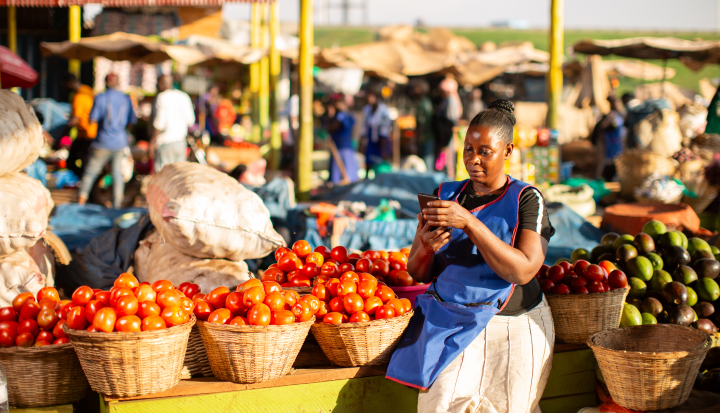Today’s increasingly connected to the world, mobile phones and mobile internet, contact, information, health, education, education, e-commerce, financial services and income opportunities can change their life. Mobile key and often only in low and medium-income countries (LMICS) people access to the Internet, especially in women, especially the mobile gender gap.
While more men and women use more than the internet from the Internet, there are still numerically excluded digital. Digitally, more than those who are removed, more, less educated, villages and women – more than the connection, the group is more.
Women are 14% of men, using mobile internet in LMICS. 60% of 885 million women, not used in the LMIC, live in South Asia and Sahara Africa. These are also the width of the mobile internet genital gap, 32% and 29%, respectively
Concerned, GSMA’s latest information shows that progress has been stopped in LMICS to close the mobile internet gap. This emphasizes that if we apply to the mobile genital cavity, more are required.
Socio-economic imperative
Mobile internet internet is a social and economic imperative that applies to GDDER GAP, only women and families, but societies and economies benefit. The mobile gender gender is not only reflected in the existing inequalities, but threatens to combine them.
LMICs estimate that the mobile Internet is closed in the adoption of the gender and can add $ 1.3 trillion in additional GDP since 2023.
Women between lmics Share their stories with us How mobile phone has changed, providing access to education and skills, provides access to businesses, contact their families and help to help critical medical services.
Understand barriers
The mobile gender gap is driven by social, economic and cultural factors, it results in women living in mobile property and use, including safety and security, security and security, security and security. With more women than millions of men, these obstacles are disproportionately affected. Women are tending to experience more sharply because of less educational and income, for example, because these obstacles are less educational and income.
When we look at the information, we see that the best for those who are aware of the mobile Internet remains the obstacles (primary phones) and digital skills. On average, the reality estimates that the price of an input-level phone price is about a quarter (24%) and men are bilateral.
However, it is important to ensure that the mobile Internet can use the adoption and women’s life needs. Unfortunately, women are once starting using the mobile Internet, they tend to use men and less for less service. They face obstacles to do this. The best used obstacles for more use are security and safety concerns, invasions (especially information, phones, phones) and contact experience.
Digital inclusion for women
The mobile gender gap will be closed in itself. It requires purposeful movements, all stakeholders who work together to access women’s needs and mobile internet access and faces to use. This is not just a solution to an element, taking into account the full range of obstacles facing women. For example; Given that the contents and channels that can use them to use them and sit in them, the channels that women can sit on them and sit.
I have seen the first hand by taking such specific actions, it is possible to narrow the mobile internet gap. Through us through GSMA Garden Women’s Commitment InitiativeMore than 50 mobile operators, mobile internet and / or mobile money services have prepared official commitments to reduce the gender gap in the customer base. Since this initiative was opened in 2026, it accelerates digital and financial insertion for women between more than 80 million women, Africa, Asia and Latin America.
It is very important that we do not leave women in a world-related world. And our latest information is required to focus and invest in all stakeholders who continue to solve the importance of significant and stubbornigital sex.

